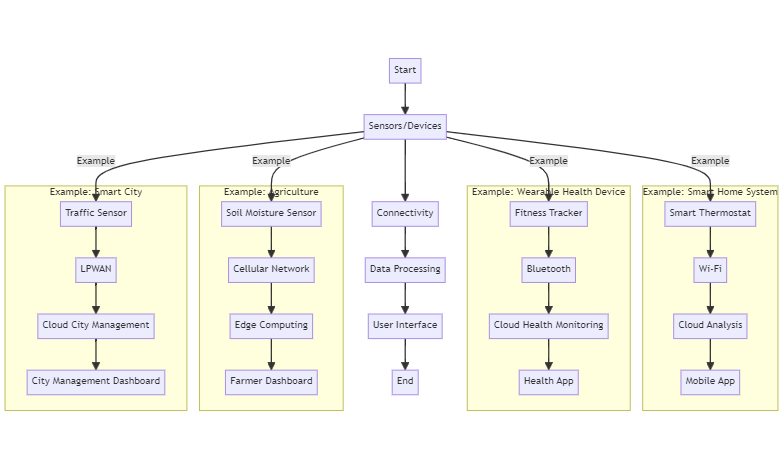Effective IT leadership requires a blend of technical and managerial skills. Some of important ones are: Technical Proficiency: In-depth understanding of IT systems, software, and emerging technologies to guide teams and make informed decisions. Strategic Thinking: Ability to align IT goals with orgRead more
Effective IT leadership requires a blend of technical and managerial skills. Some of important ones are:
- Technical Proficiency: In-depth understanding of IT systems, software, and emerging technologies to guide teams and make informed decisions.
- Strategic Thinking: Ability to align IT goals with organizational objectives, anticipate future trends, and plan long-term strategies.
- Project Management: Proficient in overseeing IT projects, ensuring they are completed on time, within scope, and on budget.
- Problem-Solving: Strong analytical skills to troubleshoot issues, develop solutions, and mitigate risks.
- Communication: Excellent verbal and written communication skills to convey technical information to non-technical stakeholders and lead teams effectively.
- Team Leadership: Ability to inspire, motivate, and manage IT staff, fostering a collaborative and productive work environment.
- Adaptability: Flexibility to adjust strategies and approaches in response to changing technologies and business needs.
- Budget Management: Competence in managing IT budgets, optimizing resources, and making cost-effective decisions.
- Cybersecurity Awareness: Knowledge of cybersecurity principles to protect organizational data and ensure compliance with regulations.
- Vendor Management: Ability to manage relationships with external vendors and service providers to ensure quality and efficiency in IT operations.




Imagine you're a chef in a busy kitchen. Every day, you face new challenges: - Ingredients change (e.g., a shipment of fresh vegetables arrives) - Customer preferences shift (e.g., a new diet trend emerges) To succeed, you must adapt your recipes and cooking techniques on the fly. You can't start frRead more
Imagine you’re a chef in a busy kitchen. Every day, you face new challenges:
– Ingredients change (e.g., a shipment of fresh vegetables arrives)
– Customer preferences shift (e.g., a new diet trend emerges)
To succeed, you must adapt your recipes and cooking techniques on the fly. You can’t start from scratch each time; instead, you:
– Build upon existing recipes (transfer learning)
– Adjust seasonings and ingredients based on what works and what doesn’t (online learning)
– Experiment strategically to create new dishes that appeal to changing tastes (adaptive exploration)
This process allows you to innovate and improve your cooking without constantly reinventing the wheel.
Similarly, Reinforcement Learning (RL) algorithms face dynamic environments and use these techniques to adapt and improve:
– Online learning: updating strategies based on new interactions
– Transfer learning: applying knowledge from past experiences to new situations
– Adaptive exploration: balancing exploration and exploitation to optimize performance
By adopting these techniques, RL algorithms can thrive in unpredictable environments, just like our adaptable chef!

See less